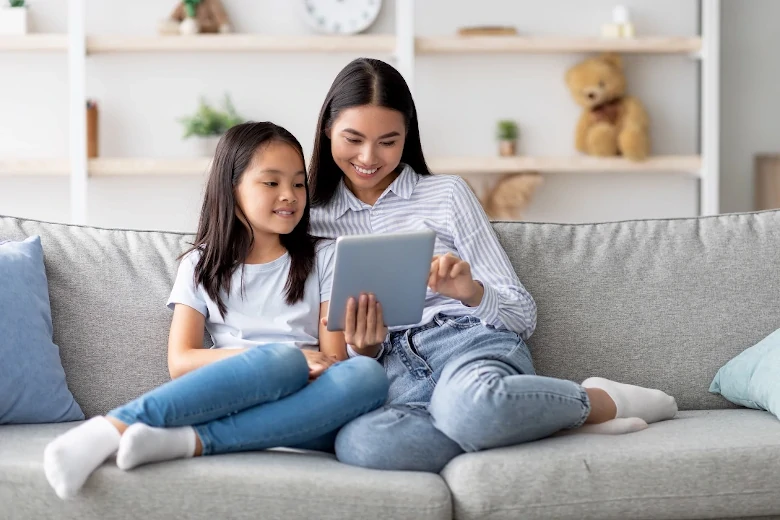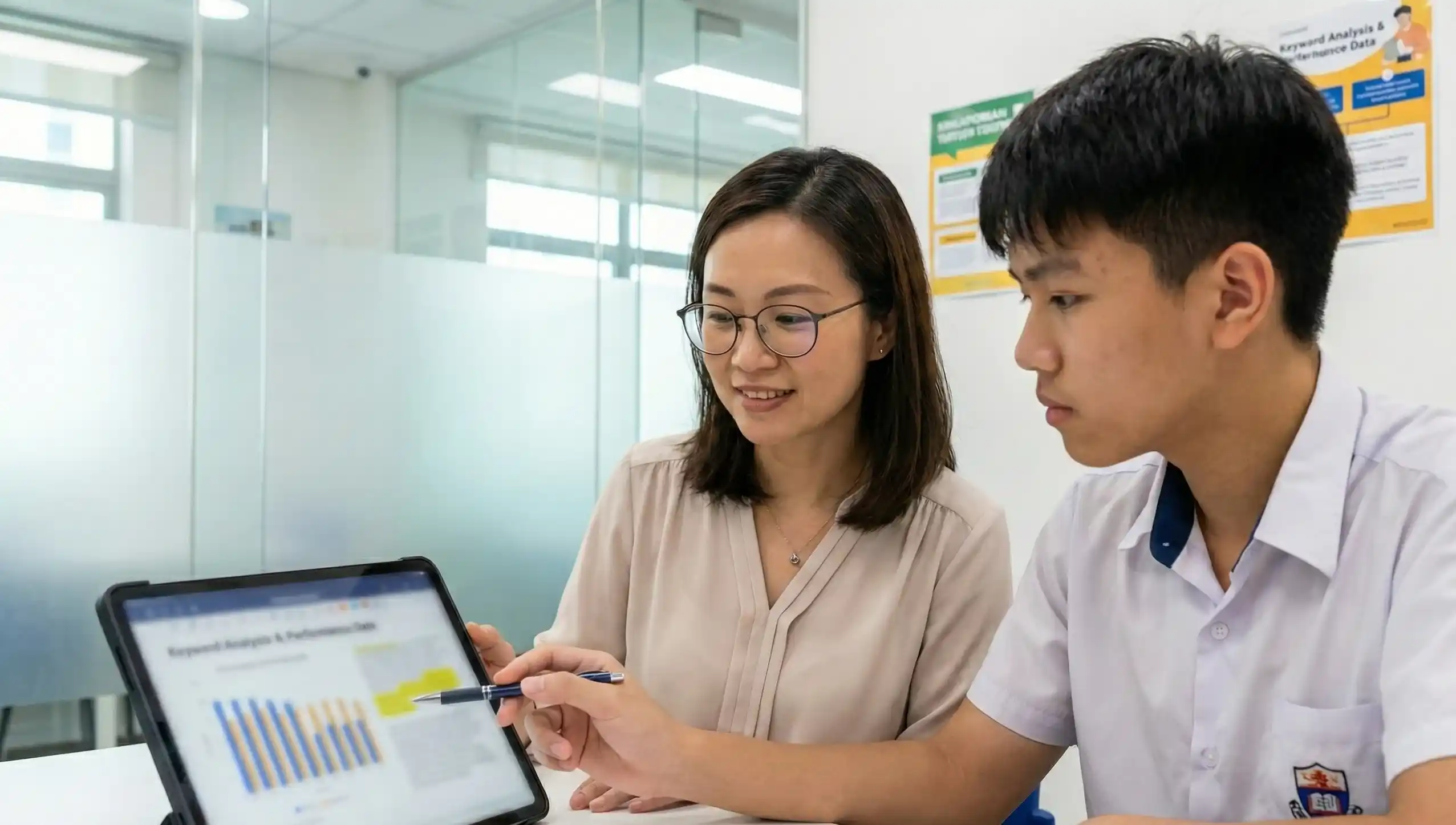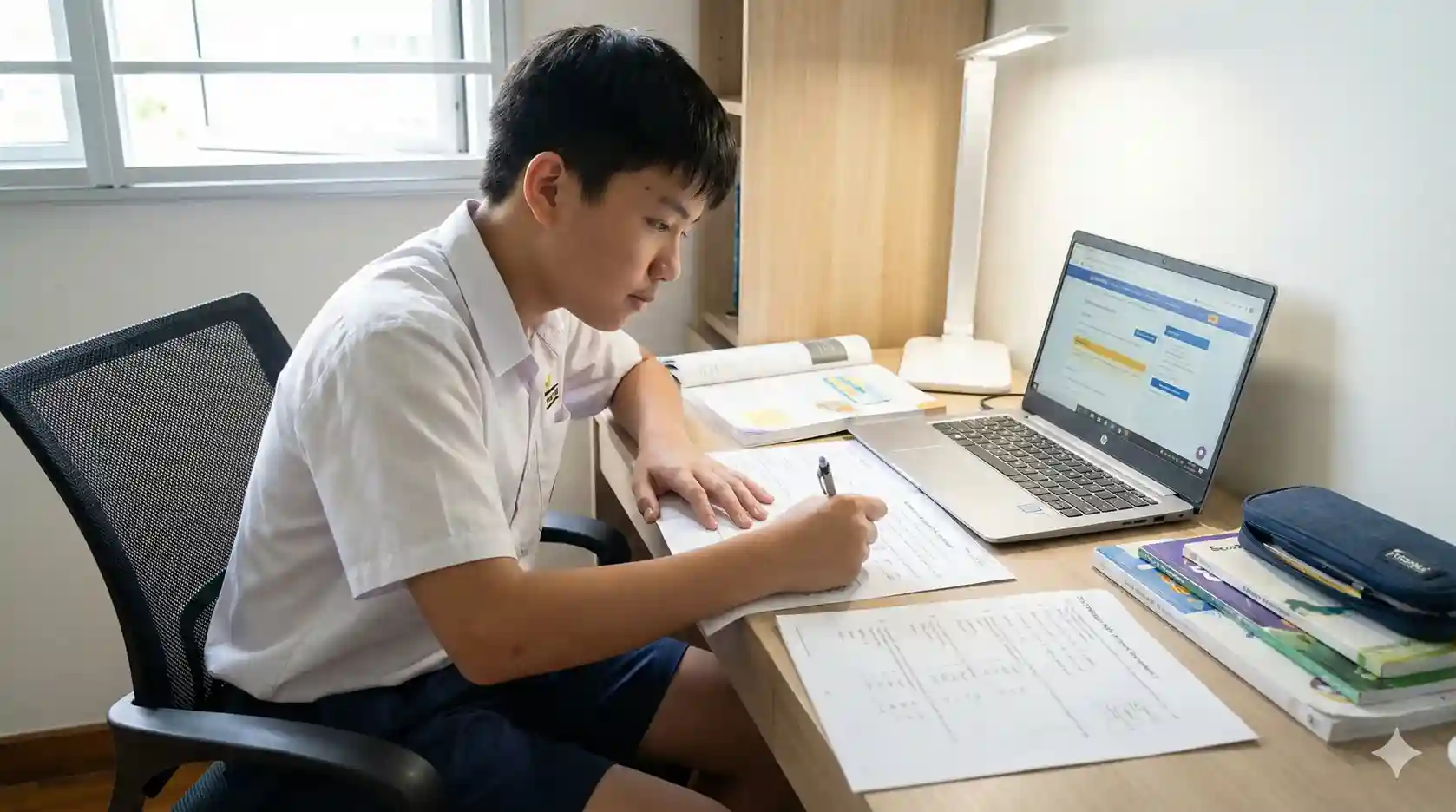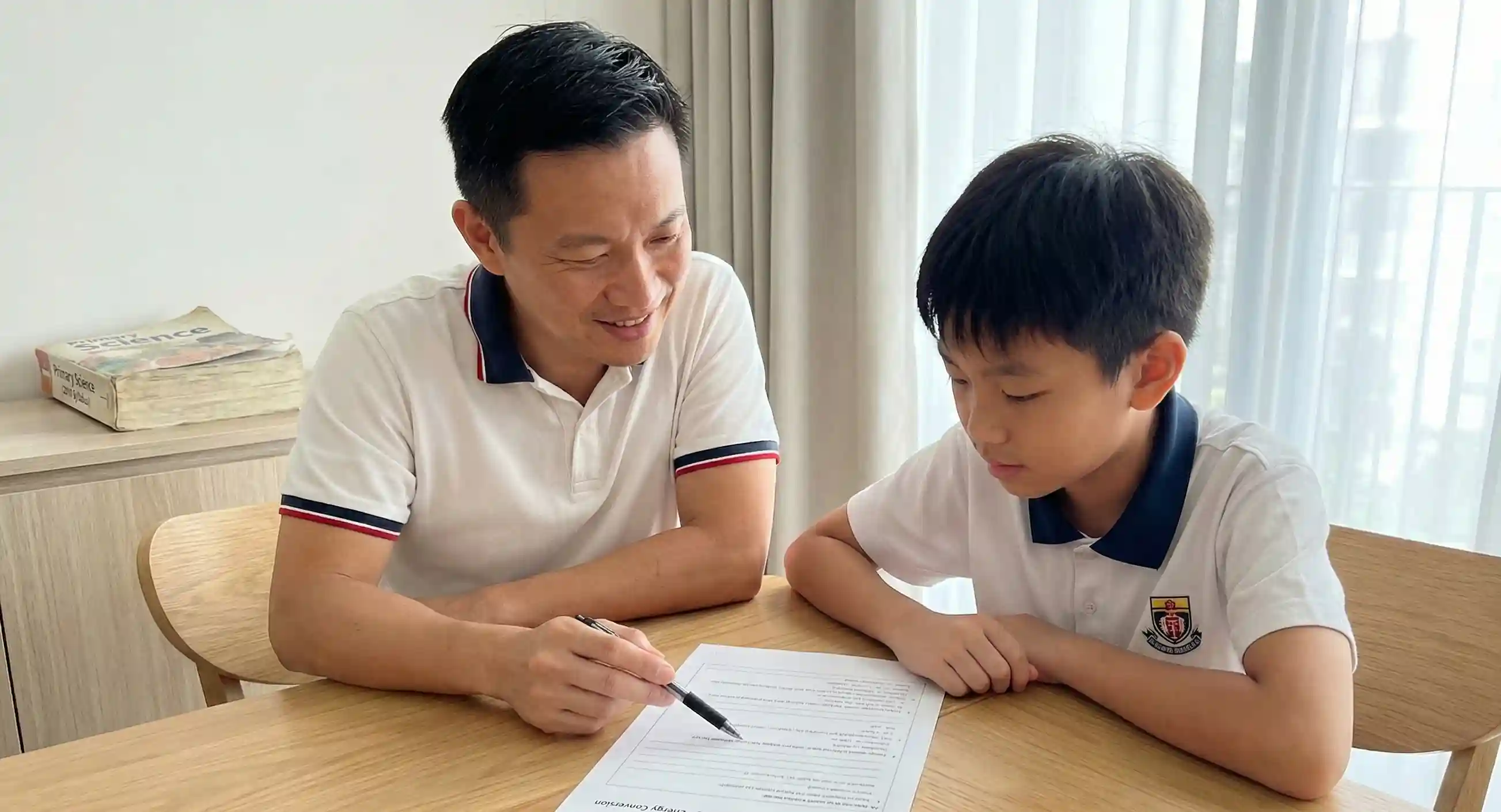ChatGPT: A powerful learning tool, or risky new technology?

Anyone not living under a rock will have likely sensed a particular recurring subject in the news over the past few months. ChatGPT, the latest intriguing development in the field of AI, has seemingly sprouted out of nowhere and lodged itself in the minds of everyone seemingly overnight.
Judging by the reactions surrounding this particular thing, one would assume that this powerful new invention is capable of replacing every job in existence and perhaps even our children’s teachers right away.
Although this is nowhere close to the truth, it’s undeniable that ChatGPT itself is a powerful tool that can affect society in many different ways, even in education.
What is ChatGPT, anyway?
ChatGPT is an AI-powered chatbot technology that enables users to conduct natural language conversations with itself. Developed by OpenAI, the technology currently utilises a deep learning model based on GPT-4 (Generative Pre-trained Transformer 4), which has been trained on massive amounts of text data from online sources such as Wikipedia.
First introduced in 2020 as part of OpenAI’s GPT platform, the first version of ChatGPT was trained for various tasks including question answering, summarisation, and dialogue generation. Since then, it has evolved into a more powerful tool for a wide range of functions, from businesses looking to create conversational experiences for their customers and employees, to digital content creators interested in maximising their output.
Besides its ability to provide faster, easily digestible responses to complex questions, ChatGPT is also able to learn from its interactions with users and provide more accurate answers as each conversation deepens.
ChatGPT: A threat to learning?
Seconds, ChatGPT is extremely powerful for any student who knows how to use it properly.
Cons
On the other hand, there are also some serious concerns about how ChatGPT might disrupt traditional means of education if adopted widely. For one thing, its reliance on AI technology means that students could potentially become overly reliant on the platform for their learning needs, neglecting traditional learning methods such as reading and individual study - basic research skills that will prove valuable even in the workforce.
Additionally, there is a fear that ChatGPT can potentially be misused by students to pass assessments without having to study for it. Because any question can potentially be answered by the AI chatbot, it’s easy to assume that students are able to feed their homework questions to it and extract the answers in seconds. Such continuous use in this manner may likely result in them becoming woefully unprepared when it comes to exams, when they will need to rely on their own knowledge and skills.
How your child can start using ChatGPT effectively
Despite the possible risks of overreliance in ChatGPT, its sheer usefulness means that students will undoubtedly stand to benefit from it with proper usage.
If you’re willing to let your child experiment with ChatGPT, here’s a few tips on how you can help them enhance their studies by making use of this new technology correctly:
-
Use ChatGPT as an additional resource for learning new topics or when stuck on a homework question. While your child shouldn’t use it solely for generating answers, the chatbot is an excellent tool for gaining knowledge on new and unfamiliar topics, as well as explaining complex concepts.
-
Take advantage of it to explore other subjects or topics related to the ones learned in school. Thanks to ChatGPT’s ability to hold natural-sounding conversations with users, your child can be encouraged to learn more on their own free will - a great side benefit that nurtures a self-directed learning mindset in the long term.
-
Set time limits when using ChatGPT so that your child doesn’t become overly reliant on it for their learning needs. At the same time, try to encourage them to balance it out by using books or even seeking out the help of their teachers to clarify academic doubts.
-
Educate them about the limits of ChatGPT. For instance, the chatbot is known to provide incorrect information at times, which represents a good opportunity to teach them about the value of fact-checking and healthy scepticism. It’s also good to point out that ChatGPT is only one of several ways to learn and gain knowledge, and that it’s best to master other forms of information gathering methods.
Conclusion
Despite the potential concerns, ChatGPT has the potential to revolutionise education and create a more personalised and interactive learning experience for students of all ages. As such, it is important that parents like you take the time to understand how this technology can be used responsibly in order to maximise its benefits and minimise any potential risks. With proper implementation, ChatGPT could become a valuable tool for improving educational outcomes not just for your child, but for all students around the world.
By keeping these tips in mind when introducing ChatGPT to your child, you’ll be helping them gain an edge in their studies for the foreseeable future.


 SG
SG  VN
VN 



















